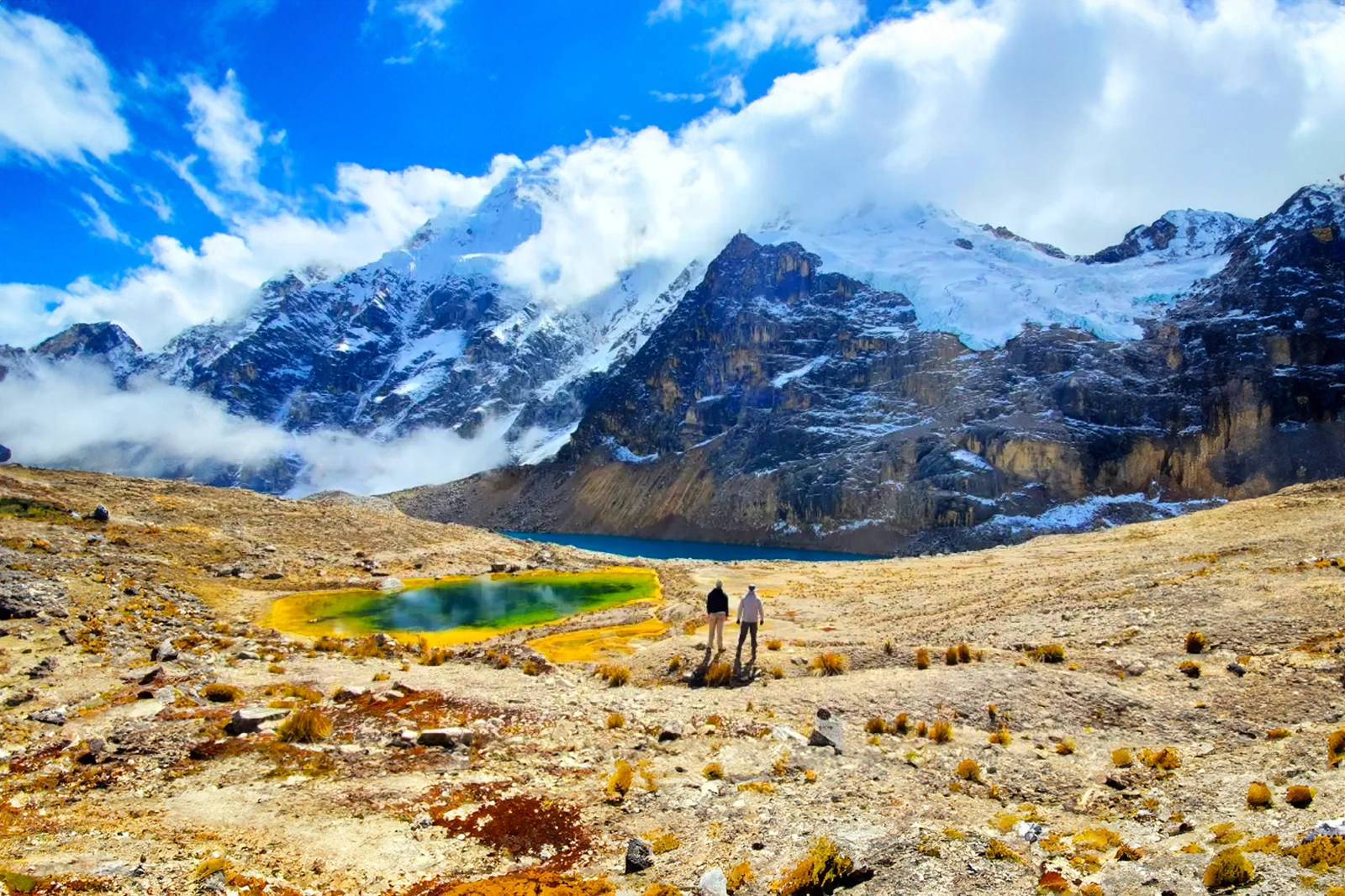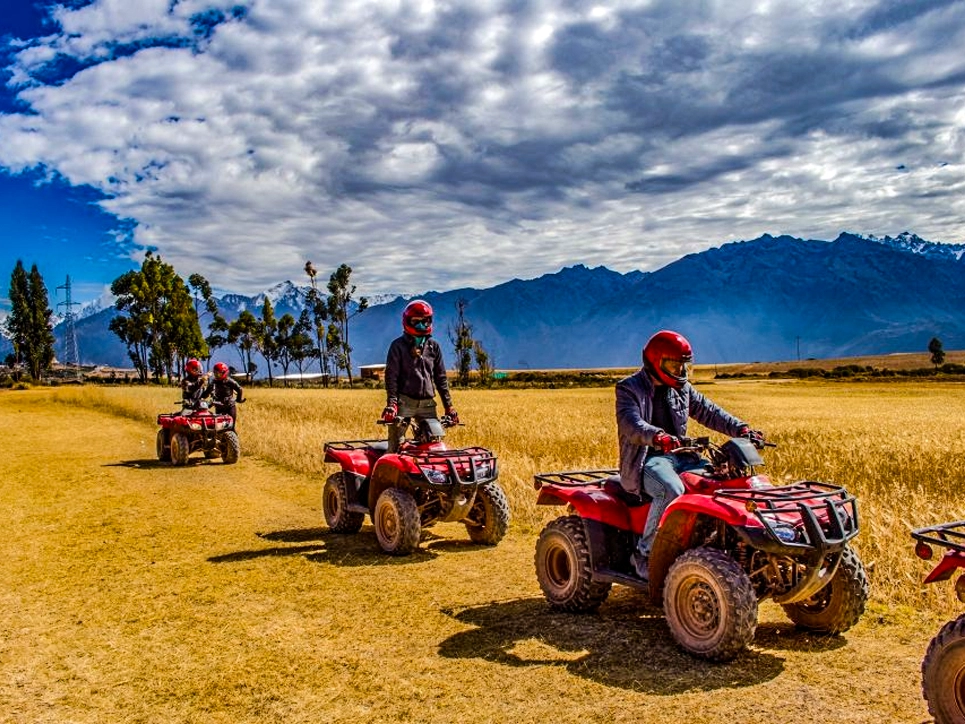Sacred Valley of the Incas Tour
Sacred Valley of the Incas Tour
Overview
The tour to the Sacred Valley of the Incas is a traditional tourist destination that has a greater flow of visitors, due to its beautiful picturesque towns (some with splendid colonial churches), platforms, and many archaeological sites, also for its delicious gastronomy and flagship products such as the The most famous corn in the world, they combine with an exceptional climate to make this a mandatory destination for all visitors to Cusco.
Itinerary
Day 1: Sacred Valley of the Incas Tour
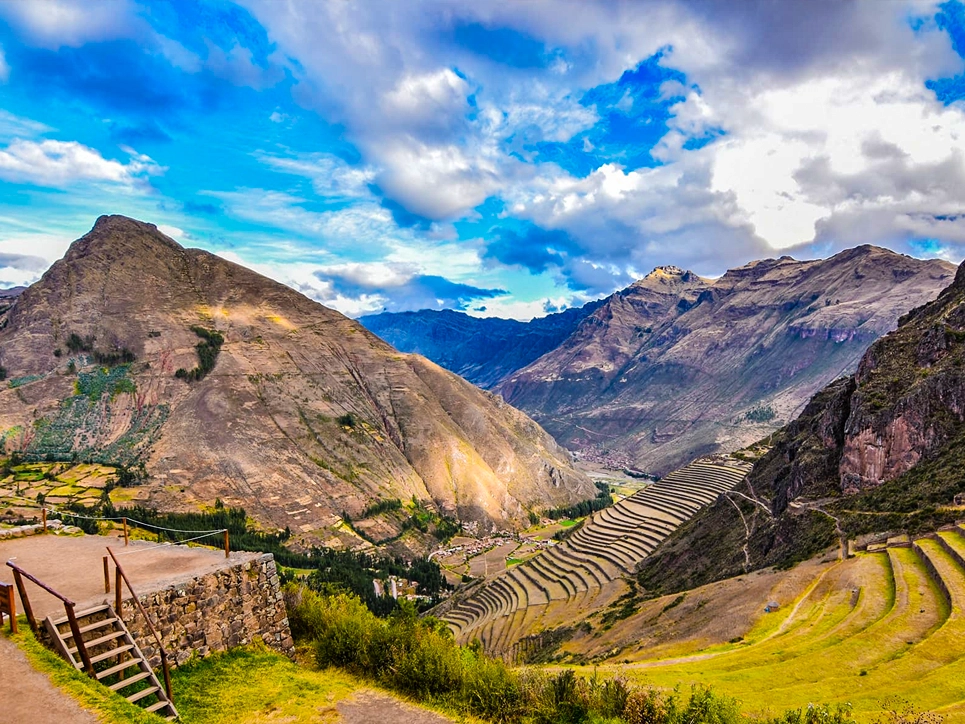
The pick-up time will be at 7:30 a.m. from your hotel. Then, we will board the bus that will take us from the city of Cusco to our first stop, the Taray viewpoint, from where we will admire the majestic valley crossed by the Vilcanota River (Wilka Mayu) — the most important river in the Cusco region.
Afterward, we will visit the traditional market and the archaeological park of Pisac. Once our visit is complete, we will continue with our itinerary, making a stop around midday for lunch.
After a refreshing meal, we will continue our journey to Ollantaytambo and its surroundings. After exploring this impressive site, we will board our bus again and head to Chinchero, where we will visit its craft market and archaeological complex.
After this final visit, we will return to the city of Cusco.
Below, you will find all the necessary information about the sites included in the Sacred Valley Tour.
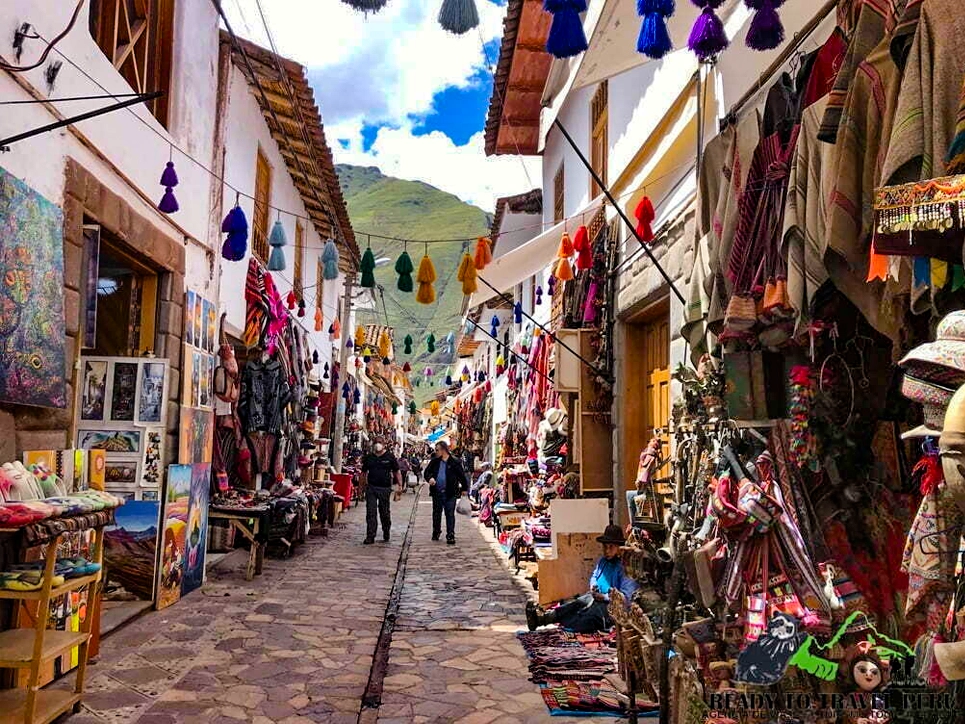
Pisac and Its Market
A picturesque town and an important archaeological site, Pisac (a colonial reduction of the indigenous settlement) and its ruins are located 32 km from Cusco, at the foot of a hill in the Sacred Valley.
The Pisac Market takes place three days a week — Tuesday, Thursday, and Saturday — and continues an ancient tradition of trade and commercial activity held in the town’s main square.
The surrounding rural communities bring their agricultural products to exchange in the market, where visitors can find a wide variety of high-quality goods, as well as locally made crafts and artworks that attract tourists from all over the world.
The Pisac ruins are located above the town, on the upper slope of the mountain. Their most striking feature is the abundance of agricultural terraces covering most of the hillside where the ruins stand.
In the first section of the complex, you can see several imperial buildings finely carved in stone, including the Temple of the Sun, which contains a sundial or Intihuatana. You can also observe water fountains that were part of a sophisticated hydraulic engineering system.
The largest Inca cemetery in the region is found in Pisac, home to several mummies buried in the fetal position, a characteristic feature of Andean burial practices. Pisac was carefully designed to harmonize with the natural contours of the land, achieving a perfect balance between man and nature.
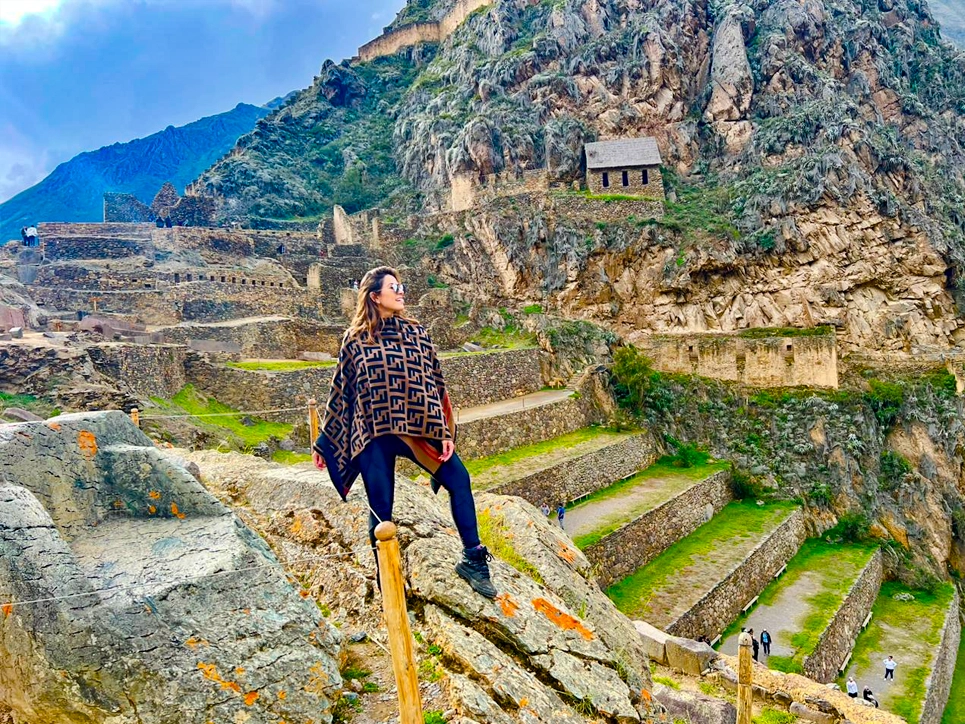
Ollantaytambo
The present-day town of Ollantaytambo and the ruins of the same name are located 76 km northwest of Cusco. The current town is often referred to as a “living museum” because of its preserved Inca architecture and the fact that many of its inhabitants are direct descendants of the Incas who originally populated this area.
The town of Ollantaytambo is well-equipped to handle the flow of tourists. It is also the only Inca town in Peru that still maintains its original urban layout — with narrow streets and ancient aqueducts running alongside them. The colonial-style houses were built atop the original Inca foundations, and many still preserve finely carved double jamb doorways, characteristic of noble Inca architecture.
Just a short walk from the town lie the Ollantaytambo ruins, a remarkable archaeological complex composed of agricultural terraces. As visitors ascend the mountain, they can admire a massive wall decorated with niches and megalithic stone doorways. Inside, there are large carved stones featuring designs rarely seen in Inca architecture. In the unfinished Temple of the Sun, visitors can also spot Andean cross (Chakana) carvings — symbols deeply connected to Inca cosmology.
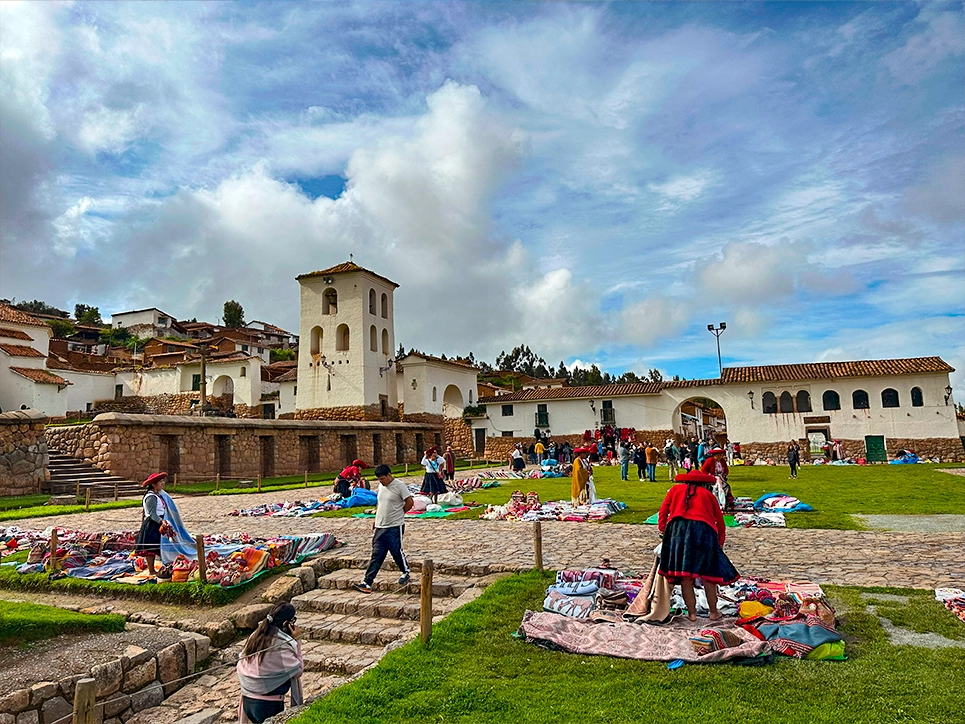
Chinchero and Its Market
Chinchero is located 30 km northwest of Cusco and, during the Inca period, it served as an important stop on the route to Machu Picchu.
The Chinchero Market is a traditional craft fair held on Tuesdays, Thursdays, and Sundays, where typical regional products are bought and sold. In this market, visitors can find handmade textiles produced by local women who continue to use the same weaving techniques as the Incas did over 500 years ago.
The Chinchero ruins were built around 1478 by the Inca Tupac Yupanqui and served religious, political, and military functions. The current inhabitants, mostly of indigenous origin, still live among these ancestral structures.
The main square features a stone wall with unique trapezoidal niches about two meters high, which were used for royal mummies. This wall also serves as a retaining wall for the adjacent plaza.
The church, partially built atop Inca walls, was ordered by Viceroy Francisco de Toledo and is dedicated to Our Lady of Monserrat. It contains paintings, murals, and architectural features of great artistic and historical value.
Just a short distance from the square, visitors can find remains of ancient houses and agricultural terraces that follow the natural contours of the landscape, as well as a large open area once used for gatherings and traditional celebrations.
Included:
- Tourist transport
- Bilingual Professional Guide (Spanish-English)
- Lunch (buffet)
Not included:
- Tourist Ticket (BTG). General tourist ticket
- Breakfast
- extra expenses
Recommendations
- A hat or hat to protect yourself from the sun and/or cold.
- sun block.
- Rain poncho or jacket (rain season).
- water and snacks.
- camera
- extra money.

